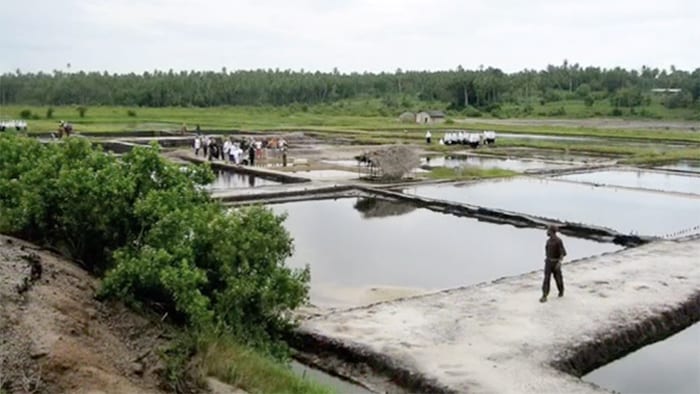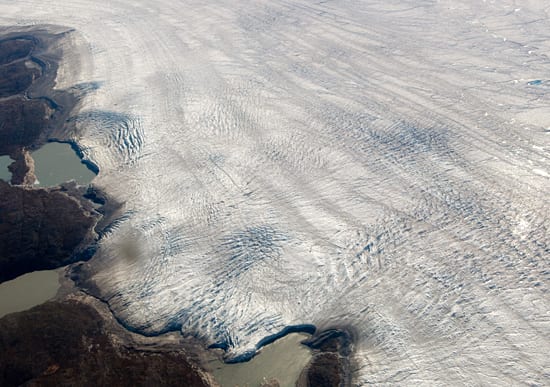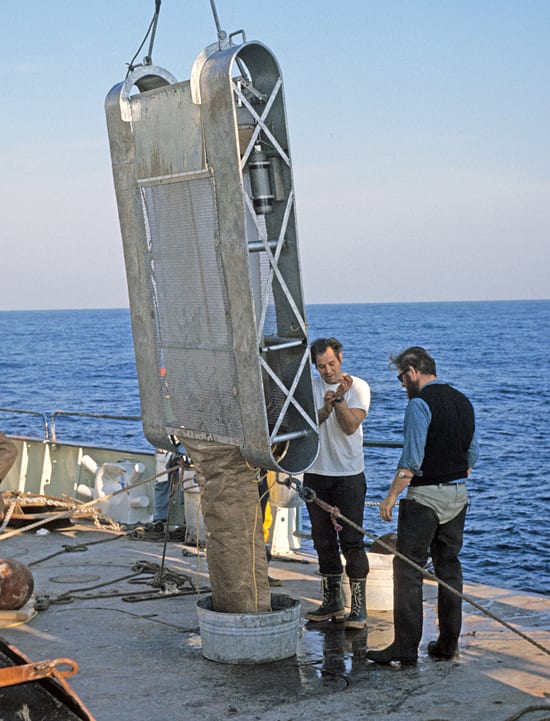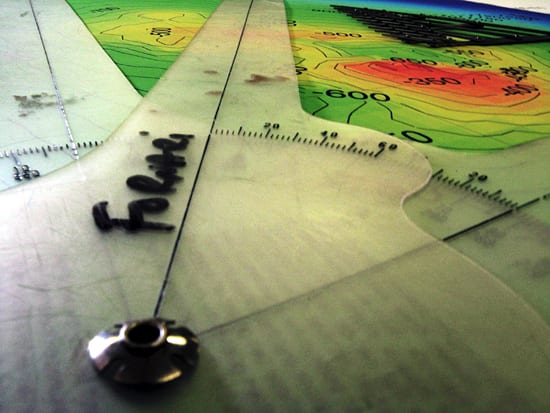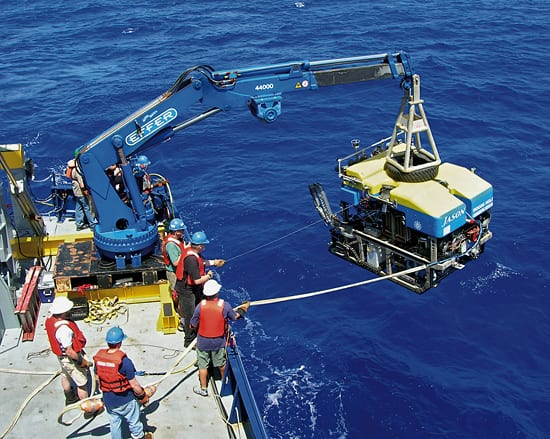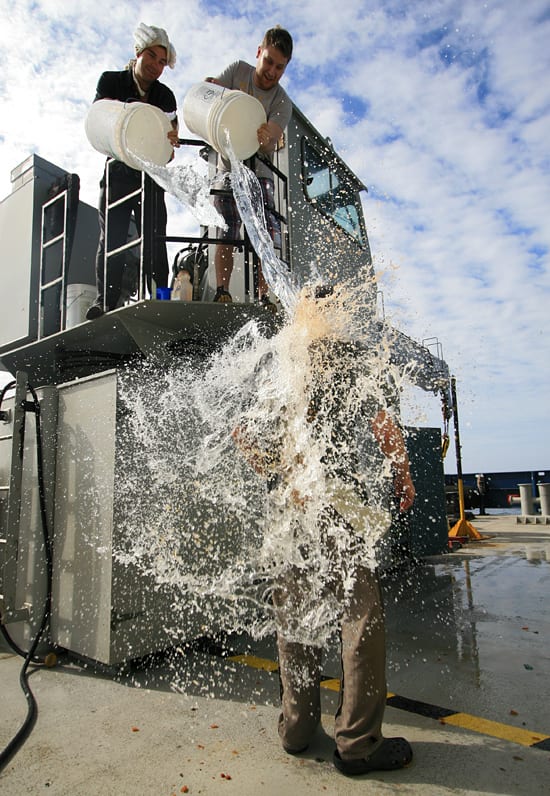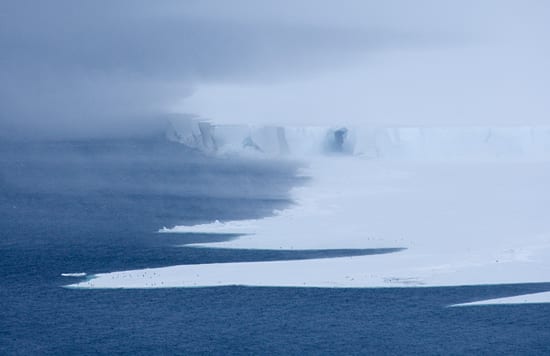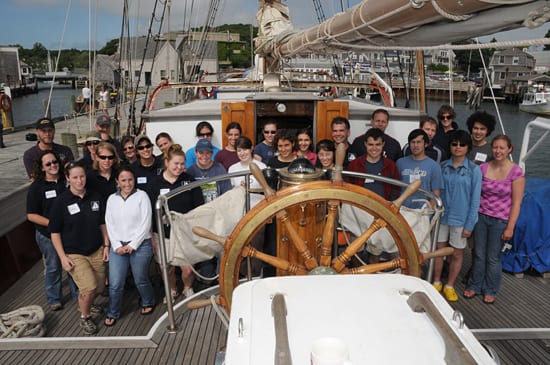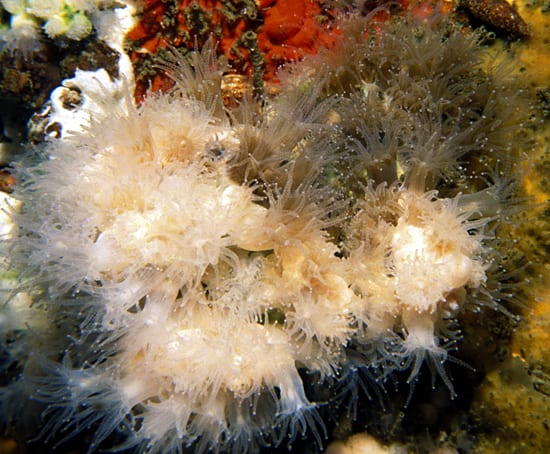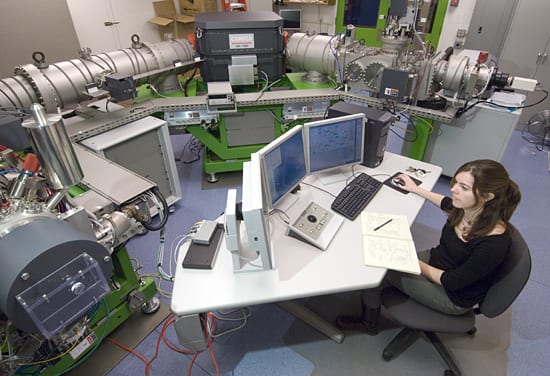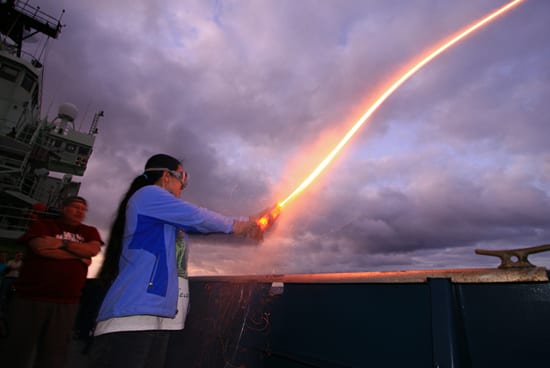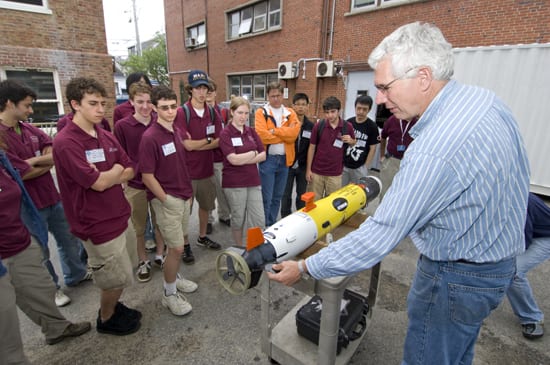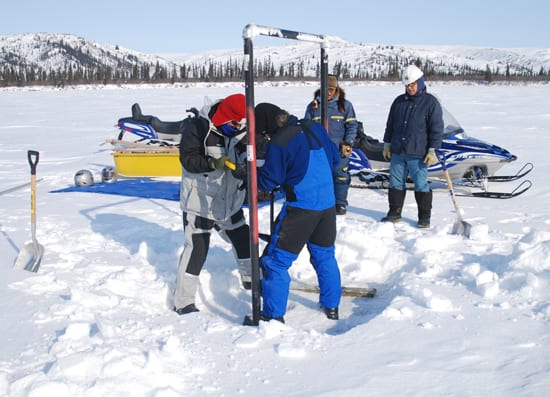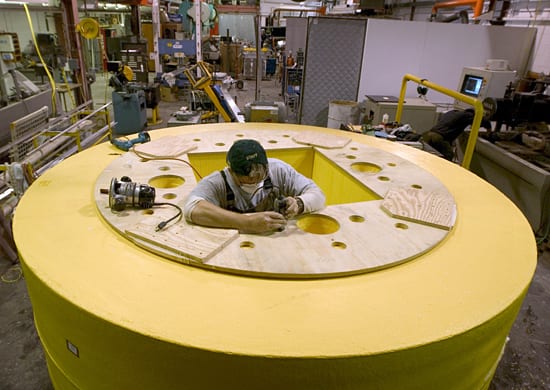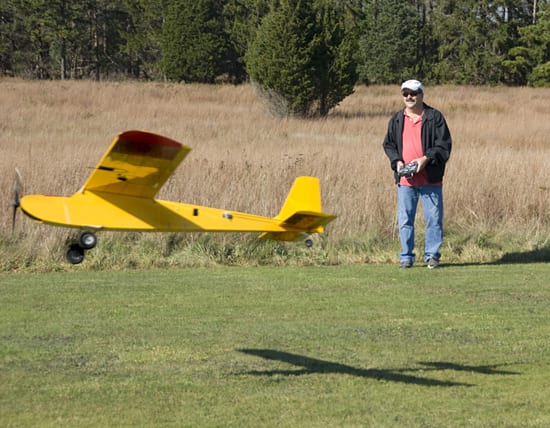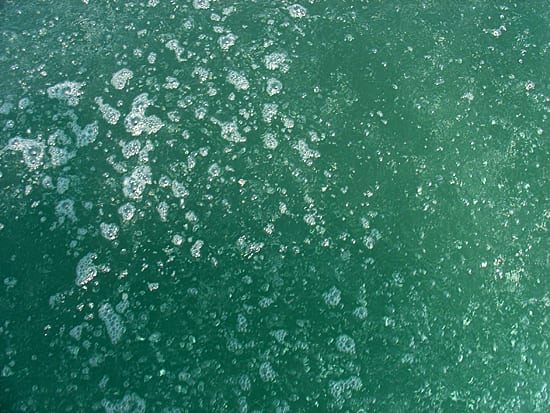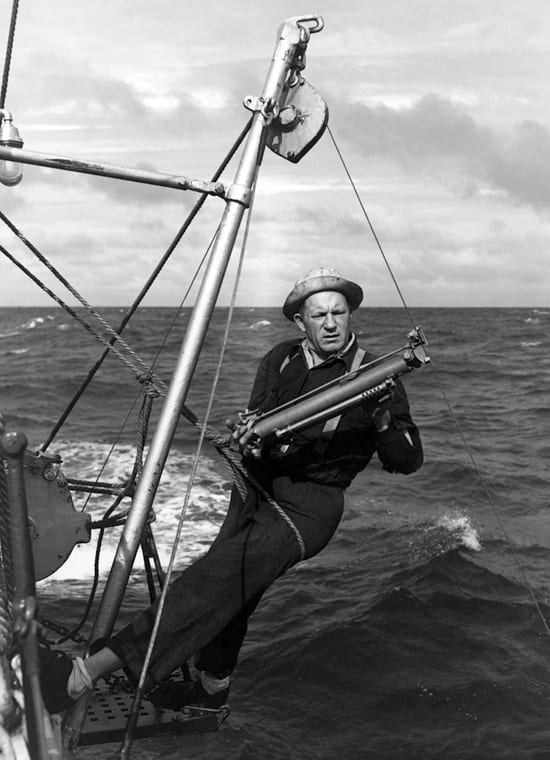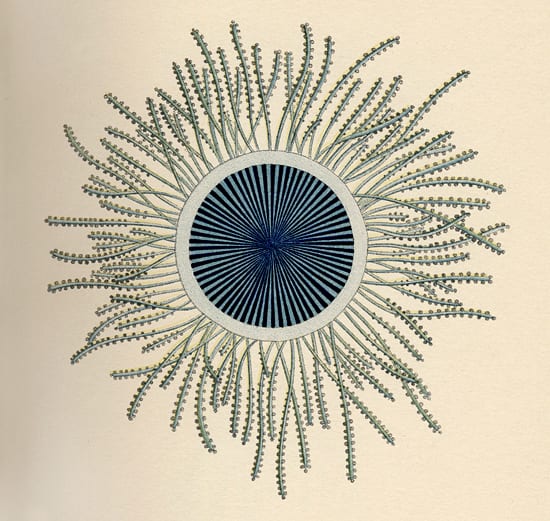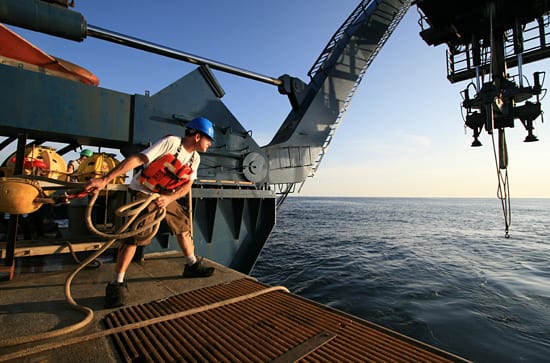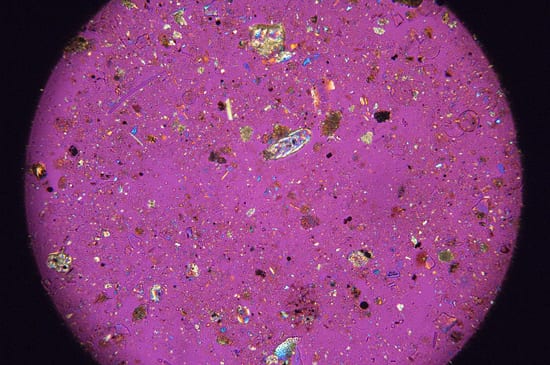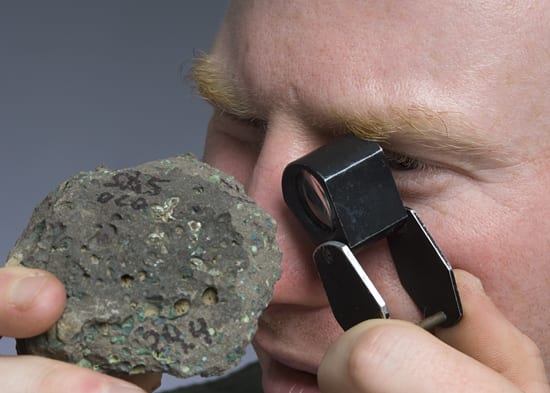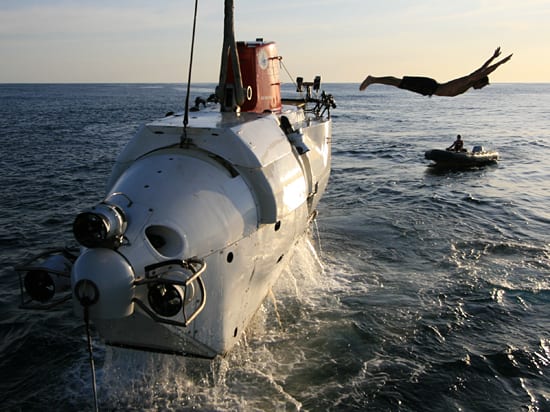Multimedia
Farming Shellfish in Zanzibar
In Woods Hole and Zanzibar, Hauke Kite-Powell blends tech, economics, and marine science to promote ocean use that’s both sustainable and profitable.
Read MoreFrozen white molasses
From the air, Greenland’s ice sheet looked like white molasses oozing down the mountainside and into the sea. Researchers are investigating Greenland’s glacial lakes, which form atop the ice sheet…
Read MoreCelebrating Science
Woods Hole Oceanographic Institution’s Ocean Science Exhibit Center Manager Kathy Patterson and Senior Engineer Don Peters (in baseball caps at center and far right) explain the new Auto Detection Mooring…
Read MoreSledding for sediments
George Hampson, left, and Steve Page carefully extract collected sediment from the deep-sea epibenthic sled. The sled, developed in the mid-1960s, was towed horizontally to collect the uppermost part of…
Read MoreVolcano mapping
A one-armed protractor, used for laying out ship tracks, rests on top of a map of the ‘Rumble III’ volcano, located in the Kermadec arc, north northeast of New Zealand. In…
Read MoreJason and the volcano
The remotely operated vehicle Jason is lowered in the Pacific Ocean in 2006 to explore an erupting underwater volcano near the Marianas Islands. Sensors left near the site indicated that…
Read MoreCeremony at sea
A pollywog is a person that has not crossed the equator on a ship. Here a pollywog endures a shower of icewater during equator crossing ceremony on the Research Vessel…
Read MoreThe frozen continent
In Antarctica, fierce winds blow plumes of snow out to sea and erase most of the 400 mile long Ross Ice Shelf from view. As global climate warms, polar researchers…
Read MoreBonding at sea
New graduate students in the MIT/WHOI Joint Program gather alongside ship’s crew on the deck of the Corwith Cramer for the annual Sea Education Association (SEA) Jake Peirson Summer Cruise. They…
Read MoreCoral clues to climate change
The Northern Star Coral, or Astrangia poculata, seen here with polyps extended, is a unique cold water coral that occurs in Woods Hole, MA, with (brown) and without (white) symbiotic…
Read MoreRock (and fossils) of Ages
Assistant scientist Alison Shaw at work using the ion microprobe, part of the Northeast National Ion Microprobe Facility (NENIMF) at WHOI. The facility is one of the National Ion Microprobe…
Read More‘Jedi’ at sea
R/V Atlantis third mate Rick Bean oversees the firing of expired flares by researcher Wenlu Zhu, of the Geology & Geophysics department, during Atlantis’ 2009 New Years Eve commemorations. The…
Read MoreRobot show and tell
Ben Allen (right), of the Applied Ocean Physics & Engineering department, shows a group of students one of the REMUS (Remote Environmental Monitoring Units) vehicles, which are designed for coastal…
Read MoreDigging down to look back
In April 2007, WHOI chemist Tim Eglinton (red cap) and research associate Daniel Montluçon worked to extract a sediment core from the bottom of a frozen lake in the Mackenzie…
Read MoreNo waves, just ripples
Clouds ripple in the skies above the research vessel Atlantis during its spring 2009 cruise to the Galapagos islands. (Photo by Lance Wills, Woods Hole Oceanographic Institution)
Read MoreBuoy preparations
Mike McCarthy prepares a three-meter surface buoy — used in climate and oceanographic studies — for sea. Meteorological instruments will be secured on a tower on the top of the…
Read MoreFrom toy to research tool
WHOI engineer John Bailey spent the last year building, modifying, and testing a model plane dedicated to science research. Sometime this fall, Bailey and fellow engineer Hanumant Singh will launch…
Read MoreFollowing an oily trail
Oil and methane bubble to the ocean’s surface from seeps off Coal Oil Point, near Santa Barbara, California. The oil seeps provide a natural “laboratory” for WHOI chemist Chris Reddy…
Read MoreWater catcher
The five-thousandth Atlantis hydrographic station was recorded in 1960. This photo shows Arnold Clarke making one of those stations. In March 1962, Oceanus magazine gave this description: “A hydrographic station…
Read MoreFragile denizen of the deep
Because their bodies have no hard parts, gelatinous animals, commonly called “jellies,” have always been fascinating and elusive to naturalists. They were already a favorite subject for Henry Bigelow (WHOI’s…
Read MoreCatch this!
The final stages of recovering the deep-diving submersible Alvin to its support ship, the R/V Atlantis, involves attaching a tow line to the sub. Alvin technician Anton Zafereo tosses the…
Read MoreA work of art
Like each speck of paint in a piece of art, minerals, animal skeletons, and remnants of sea sponges provide a colorful mix when seafloor sediment samples from the the Sealoor…
Read MoreIf rocks could talk
Geologist Adam Soule examines a rock sample from the Lonar Crater in India, one of roughly 150 meteorite impact sites on Earth, but one of the only impacts in basalt.…
Read MoreSwimming to support science
After securing the lifting lines used to recover the human occupied vehicle (HOV) Alvin back to its support vessel Atlantis, deckhand Ronnie Whims dives back into the ocean. Alvin has…
Read More
